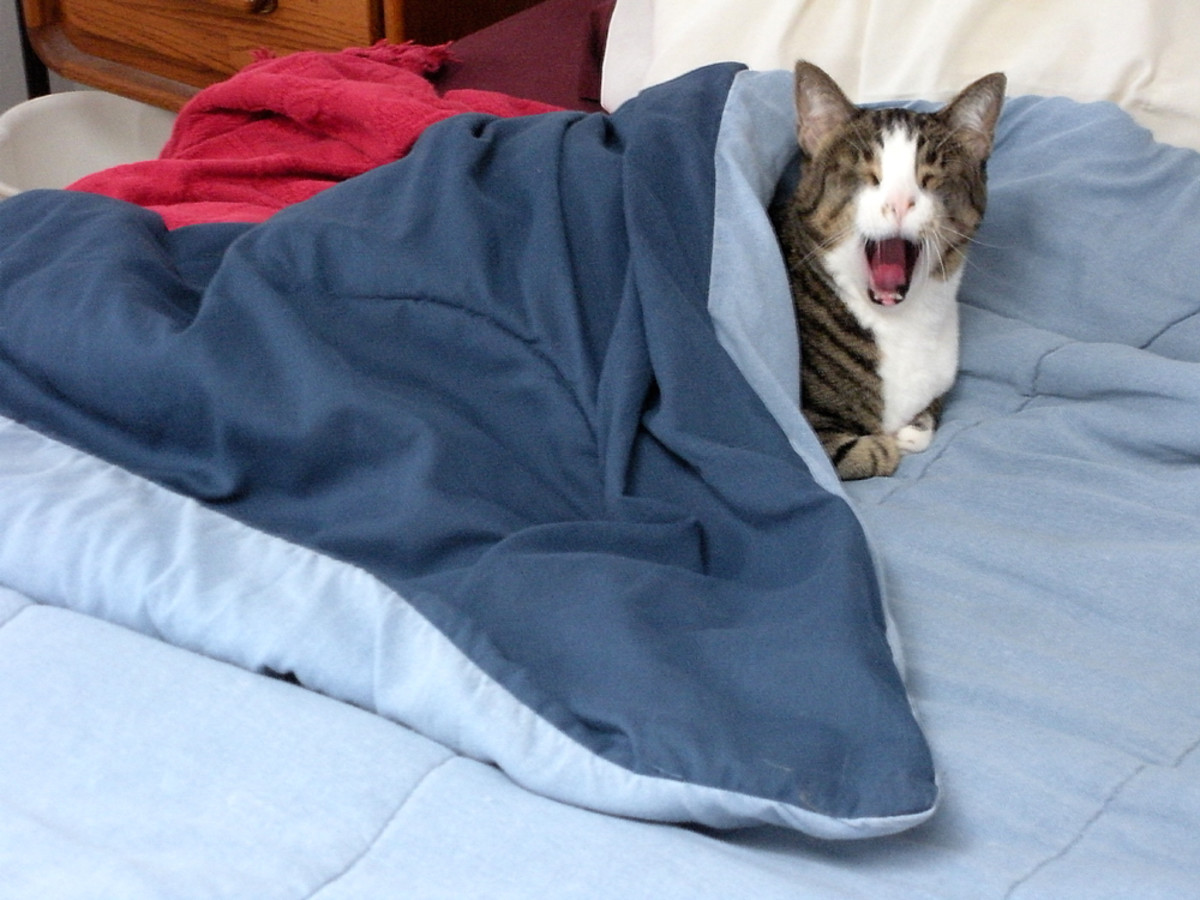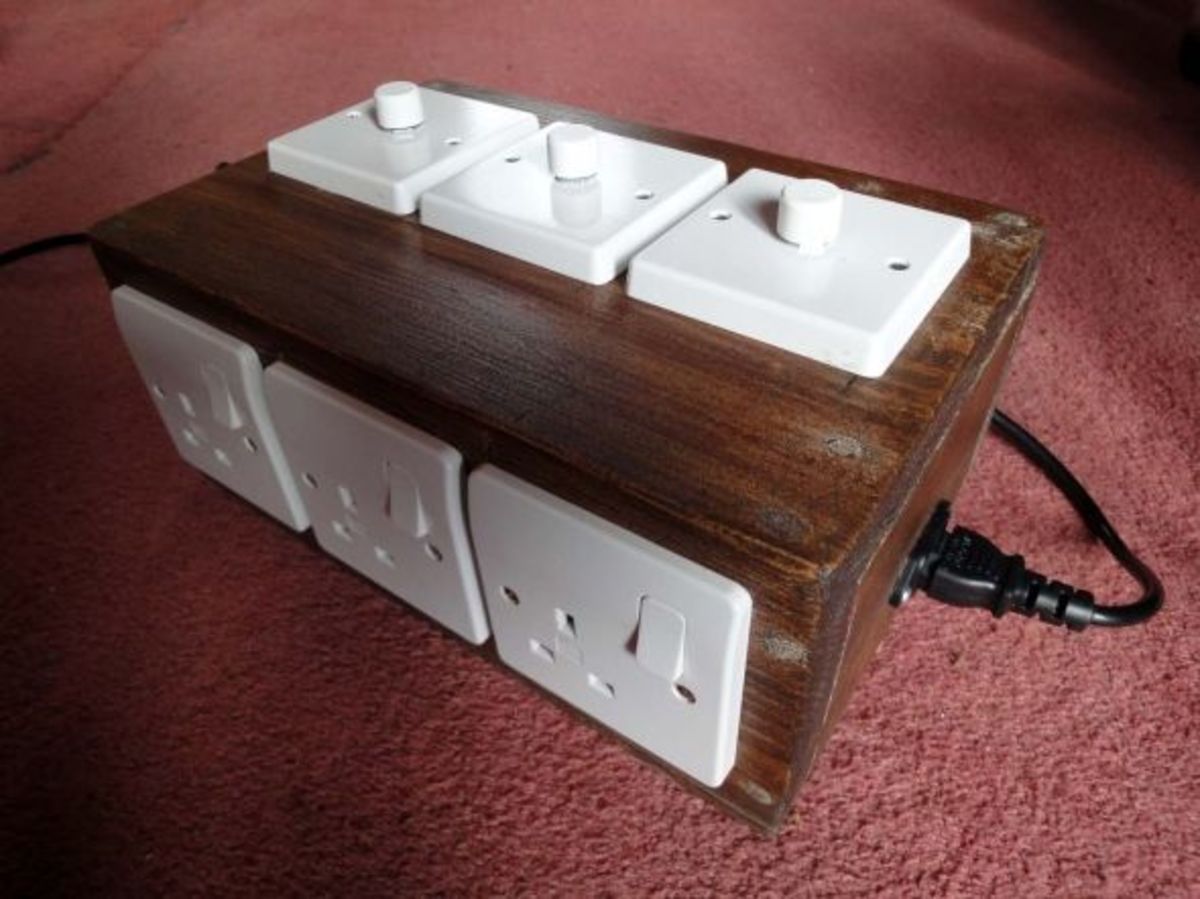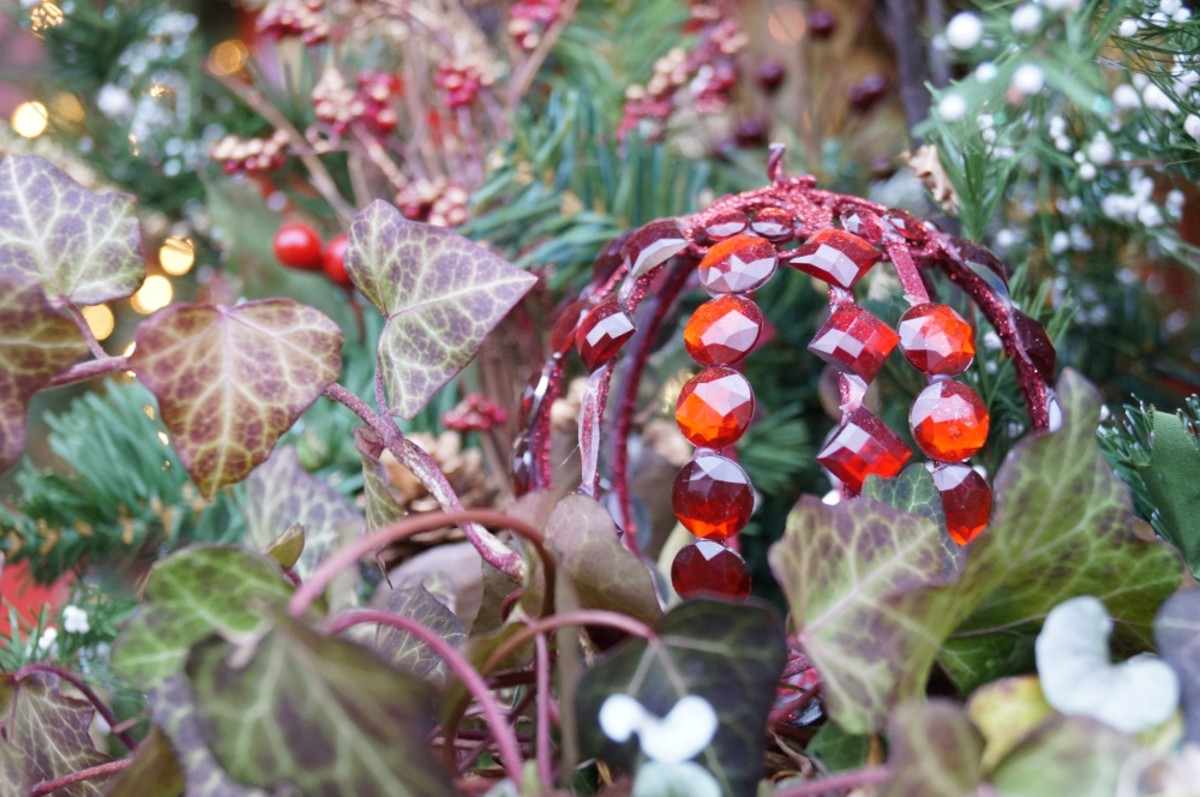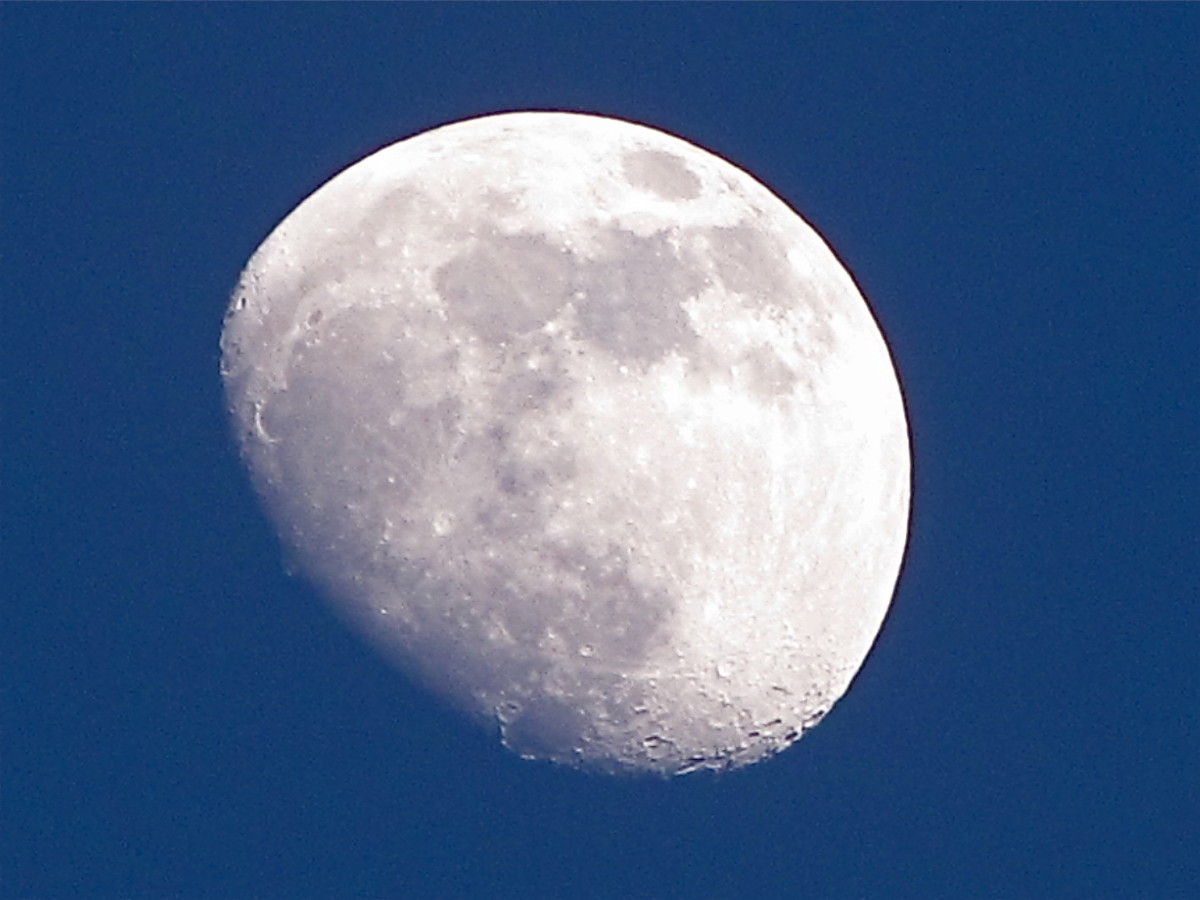When to Use Flash in Photography

Flash can also be used to fill in shadows
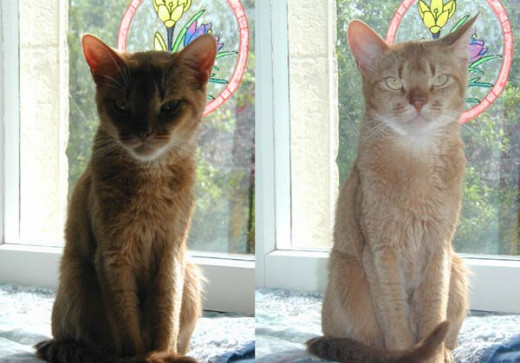
Using flash in photography
The best light to use in photography has always been sunlight, especially light that is softened and diffused by overcast skies. But since the available light is not always ideal, use of flash in photography sometimes becomes a necessity.
There are many instances in which the available light is not suitable for photography and you must add artificial light. For this, flash is the best alternative.
Most flash units are calibrated for the camera on which they are being used and today's cameras easily integrate with flash units whether they are produced by the camera's manufacturer or not.
On most systems, the shutter speed is automatically set or you can select a shutter speed of 60, which is considered the standard speed for flash use.
Some recent camera models also use through the lens metering, in which a sensor analyzes the available light, subject/camera distance and selects the appropriate shutter speed, most often being around 125.
The use of a flash unit does not always guarantees a good result. Light falls off or rather diminishes in strength the longer it has to travel from its source to the subject.
Although most flash units are used right on top of the camera on the hot shoe, this is not always the best position. It is often better to place the flash closer to the subject and away from the camera itself. For this there are several extension cords that go from the camera to the flash.
When the subject is too far away to benefit from the flash position, then using aids such as reflectors add extra light.
Sometimes using fill in flash, flash units that give a low light yield, also help. These are used to fill in shadows and lighten dark spots. This is especially true for nature shots where the subject resides in underbrush or in heavily wooded areas, or when strong light creates unwanted shadows.
In situations where the distance between subject and camera/flash position is too great, then an adjustment of the camera shutter speed in combination with a wider aperture is the only solution to produce a quality photograph.
Flash is also useful if you want to show detail in the background. Moving the flash unit closer to the subject helps, assuming that the relation of the subject and the distance to its background is not too great.
Keep in mind that a small flash unit held close to a subject will illuminate the subject the same way as a large unit will do placed some distance away.
For close ups, there are flash units that fit directly on the lens, these are called ring flash units. Like its name suggest, they are flash units that come in a circular shape and screw directly onto the lens.They are low yield but concentrate the light directly onto the subject.
There are situations where having a bracket on the camera to hold a flash unit is better than using the flash mounted on the hot shoe. Brackets can be obtained from a variety of camera outlets and are not really expensive or you can make your own if you happen to be mechanically inclined.
Just like natural light, a flash position is critical to either produce interesting shadows or eliminate them. A good staring point is to place the flash above the camera and to use some sort of diffusing material on the flash head to soften the light, otherwise you risk creating hard shadows that have a tendency of eliminating detail and creating an "over-wash" effect.
Special Notes: to avoid the red spots that sometimes show up on the subject's eyes, often called "red eye", the best technique is to aim the light source at an angle to the subject rather than directly at them.
Red eye is caused by light from the flash reflecting back from the eye retina. It mostly occurs at night and when the flash is the only light source,when the flash is directly aimed at the head of the subject, when it's close to the subject's face,and when the subject is looking directly at the camera.
If possible, also have the subject look at your shoulder, your forehead or just under the camera's body, just not directly at the camera.
Flash is not only used to illuminate, but on some situations it is used to arrest motion, to "freeze' the action. It is best used when the flash is the only light source. For freezing extreme rapid motion, a fast shutter speed is also essential.
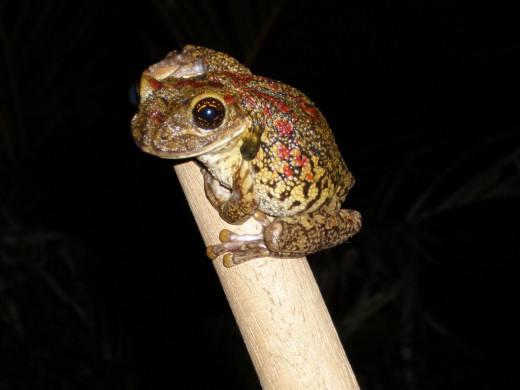
For further review
- Beginner’s Tips – Seven Steps to Properly Using TTL Flash | Photofocus
If you want to learn how to use your TTL flash, these tips will get you started.
Night shots most always require flash
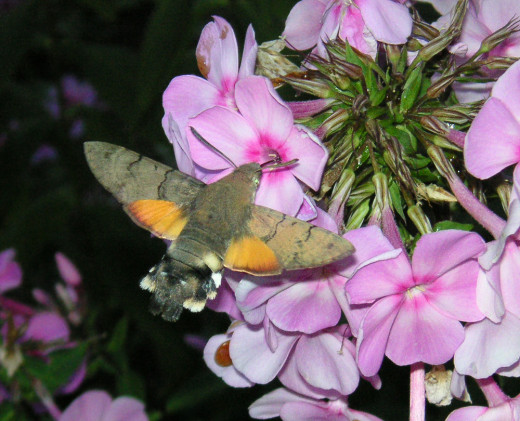
© 2011 Luis E Gonzalez



